Eating Weeds
I like to supplement my garden goodies with weeds foraged from the countryside. This year I decided not to forage for milkweed, since the Monarch butterflies are in danger. I do believe that you can harvest milkweed if it is in abundance in your area, but please check for Monarch eggs and caterpillars first! And remember to leave plenty for the butterflies.
One of my favorite weeds is wild spinach or lambs quarters. You can read more about them in my post Growing Lambs Quarters in My Garden. I also like to Freeze Lambs Quarters for the winter. These weeds have a very mild flavor but have an unusual texture when eaten raw.
Daylilies are a mild-flavored ‘weed’ commonly found growing along ditches. Foraging for Tiger Lilies is a great way to add some flavor to your salads.
If you like strong-flavored greens, you might like to try Sauteed Garlic Mustard Greens. Garlic mustard is an invasive plant and you should feel free to eat as many as you can find.
One of my favorite wild foods is burdock stems cooked as Carduni. You can read more about Foraging for Burdock and Making Carduni if you’d like to try this traditional Italian dish.
There are plenty of books available about identifying wild foods, but you might want to look a few up online first and see how you like them.

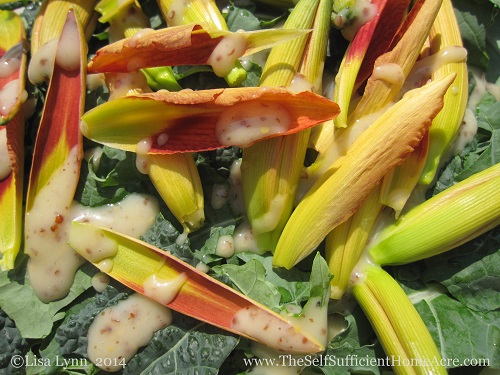
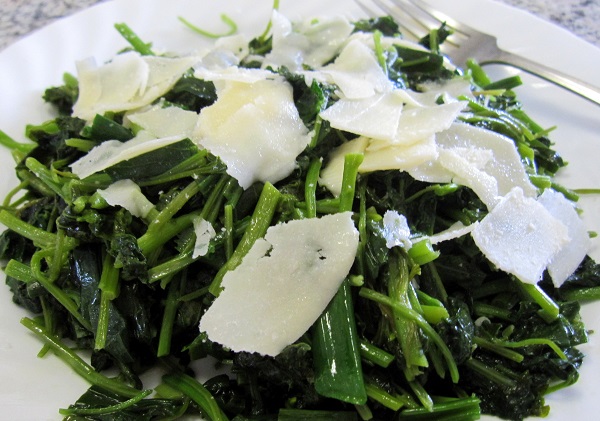
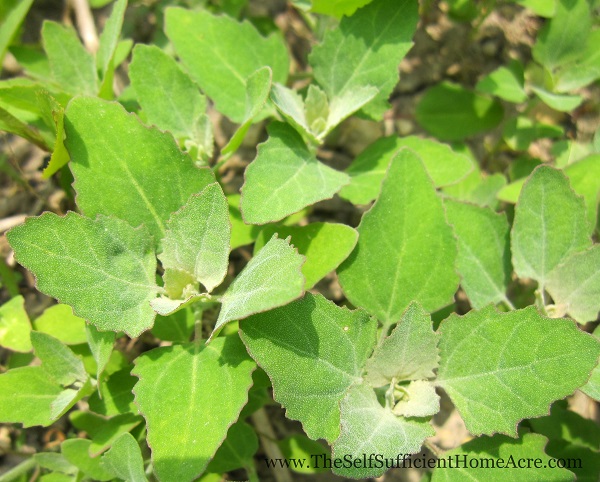

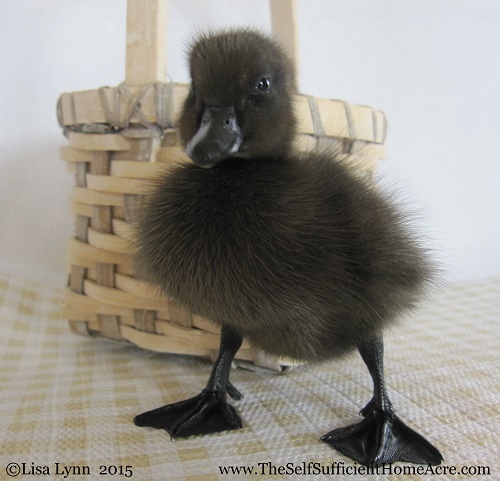
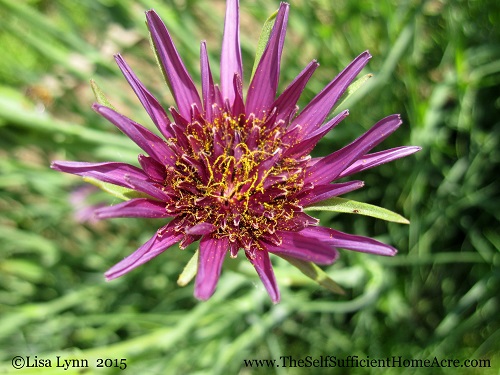
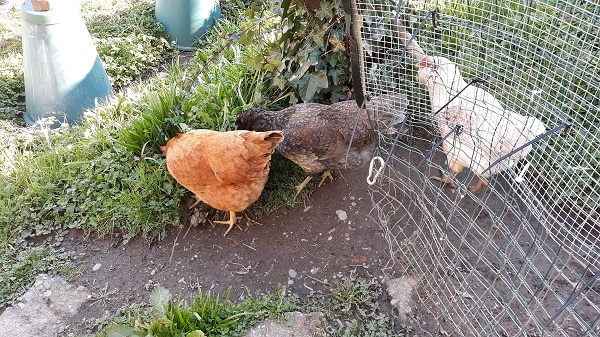
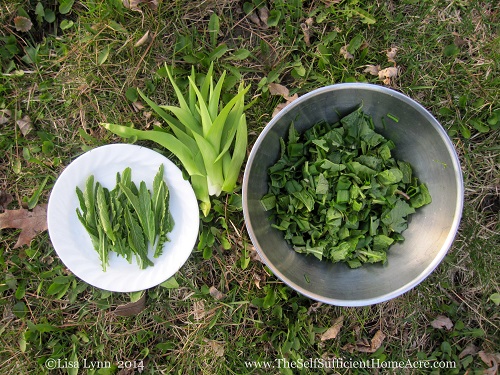


I keep meaning to try nettles. They are supposed to taste like spinach – they have to be cooked of course. I have left too late again this year as they should be picked early in the spring.
Hi Mark,
I haven’t had any nettles this year. They are pretty tasty, and sort of similar to spinach. I like them cooked into things. It might be a bit late for this year.
Hi Lisa! Thanks so much for pointing to my post on 12 Native Plants for Food and Medicine. I agree with you about milkweed – both about its safety in moderation, and the importance of leaving most of it for wildlife. I don’t take it from the wild. Instead, I let it grow in our perennial garden, where it is very aggressive. To keep it from choking out the other plants, I harvest some shoots in spring. Since they are so delicious, they go on the dinner table rather than in the compost. Great post. It’s always great to inspire forage and deepen their connection to Nature.
Happy to share a link, Janet…and thanks for sharing your method for conserving this wild plant and supplying food for your table too! I planted quite a few common milkweed seeds last year in hopes that I will have enough to harvest this year. I didn’t have as many as I’d like, so I went without the foraged shoots. Thanks so much for stopping by!
I love this article ♡ I had my daughter and her friend walking through out woods just 2 days ago and we had a nice little snack of berries, honeysuckle, tiger lily and clover buds..my daughter of course didn’t bat an eye..her friend thought we were crazy within 5 minutes and by the end of the walk she was eating it faster than the rest of us 😉
I think that is one skill all children should know, how to identify edible plants in the wild.. but I too leave the milkweed..it grows in my horses field and I won’t even let him mow them.
Good for you for teaching your daughter and her friend! I remember teaching myself from my Dad’s army survival book 🙂 My Mom worried a little but I kept eating and never killed myself. 🙂
Lol..I remember this set of books my dad had..he had Firefox and then a set that was animals, mushrooms and plants..first half of each was all written info and the second half were colored pics with descriptions..I loved those books ♡♡
I used to fill a book bag with sandwiches and drinks, then my dad’s books and I’d get on my pony and I’d sit in the woods all day reading and exploring..and like you, I’m still here 🙂 I’m sure my mom was a nervous wreck but I wouldn’t go back and change a thing
My dad was in the Marines too 🙂 It’s amazing the things we pick up even as young children from them ♡♡
That’s so funny, Bobbie Jo…I had a pony and would do the same! 😉
Nice to know that there are others with similar experiences. 🙂
Hi Lisa! Just a “WARNING NOTE”! “MILKWEED” Isn’t “EXACTLY” the “Best THING” to EAT ANYWAY! ISN’T “IT” POISONOUS?
Hi Robert,
There has been a lot of controversy over the subject of eating milkweed and there are several books out there that list them as mildly toxic. However, I believe that they misidentified another plant as milkweed and got sick after eating it. There is an excellent book available that talks about this very subject in great depth that you might enjoy reading….The Forager’s Harvest by Samuel Thayer. After reading Mr. Thayer’s account of eating milkweed, I decided to try it myself and found it to be a very tasty wild vegetable.
I was also under the assumption that milkweed was not edible, but I’m happy to say that I have tried it and didn’t get sick from eating it. If we had more of it growing in our area and the Monarchs weren’t in such trouble, I would be foraging for it this spring. 🙂
Thanks for stopping by and bringing up this subject!
PS: I’m sorry I haven’t replied to your email yet. My parents are visiting from out of town and my time has been very limited. I have some catching up to do when we get their rv fixed up and ready to hit the road. But for now I am enjoying my time with them and trying to keep up with comments. 🙂
I’m reading from the UK and love your posts. Having just this spring started to grow my own edibles I find your blog very enjoyable.
Thanks so much for reading! Glad to have you here. 🙂